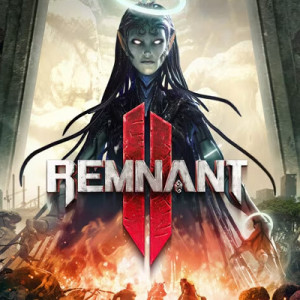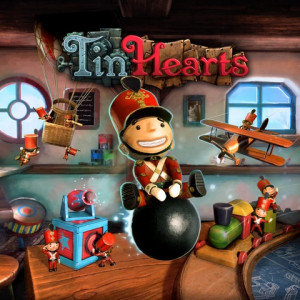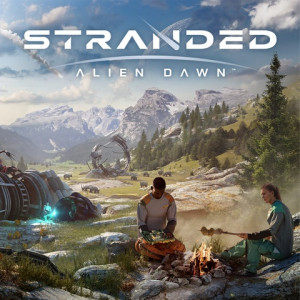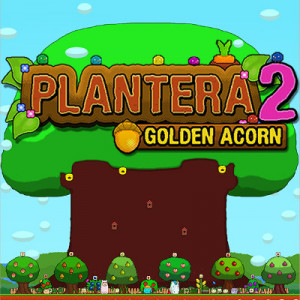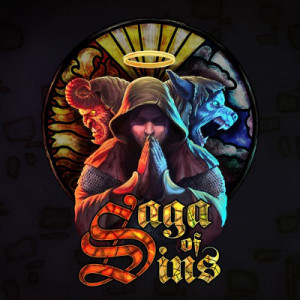F.E.A.R. 2: Project Origin Review
Alma is back and it's time for Monolith to retake their rightful place as the true masters of FEAR. F.E.A.R 2: Project Origin brings together the talent of veteran game writer Flint Dille with the studio that brought us the first round of F.E.A.R
When I first played F.E.A.R, it was one of those games that really got to me. I would have said it was one of the finest horror shooters of the genre but that accolade was actually given to the seminal Condemned more than F.E.A.R. So now we're into 2009 and the story of F.E.A.R continues in the de-facto sequel, F.E.A.R 2: Project Origin.
The first thing that grabs you about Project Origin is that the story is just as good, if not better than the first title and delivers a tighter script. Without going too deep into spoiler territory, you play as a new central character who rapidly discovers that things aren't all as they seem. He's prone to the same psychic trauma as the original soldier and whilst he doesn't have the edge on that guy's reflexes, our new character: Becket is just as solid when it comes to taking the fight to the enemy. Project Origin is set concurrently with the ending of the first game and follows the events of this new squad as they are sent into the Armacham HQ to find and evac: Genavive Aristide.
It isn't long before Alma makes her presence known and what was a routine mission is interrupted by spooky goings on, kill-teams from the corporation and a whole mess of action. This take on the story completely invalidates the lack-lustre previous expansions since they were not part of the original F.E.A.R canon. The writing is exciting and the pace is perfectly executed as it moves you from action to horror and back again seamlessly with no jarring moments or sequences that feel out of place. Veteran video game and script writers Flint Dille and John Platten have managed to create a solid and gripping narrative that drives the game through its many set-pieces and interweaves nicely with the first F.E.A.R.
Gameplay
Monolith hasn't really changed the formula from F.E.A.R and why should they? It worked for the first game and it worked really well. There are some excellent shocks and horror moments as well as some white-knuckle action that will leave you wanting the spooky terror to return so you can take a breather from the relentless AI that'll push you harder than before. The controls are simple FPS fare and there have been some adjustments to the game's GUI and weapon selection. A new arsenal has been implemented along with at least four types of special grenades. Becket can run, duck, jump and with a quick tap of the interaction button he's now able to quickly vault obstacles and kick-over objects in the environment for impromptu cover.
The game is a linear one, so don't go into the game thinking that you can explore every nook and cranny. It does however provide you with some nice little asides if you do go off the beaten track and ignore the game's linear progression to delve into a dark corridor or a disused toilet. You almost start to expect something twisted to happen if you take the time to look for it, Monolith don't often disappoint on that front either. There were many moments in the campaign that came as a surprise even though I was expecting a shock or two. The shocks are equally balanced with the frenetic action against the many game's tangible enemies.
Project Origin is a good looking game, one that has a solid graphical engine behind it. It has a good, stable framerate and even when the action heats up there's no slowdown as the 360 is pushed by explosions, interactive environmental destruction and hordes of AI enemies all wanting to take a piece of Becket's hide. Add to this the funky slow-motion effects that make a welcome return from F.E.A.R at some point and you have a visual, visceral treat.
The level design to the game is where I feel it might be slightly let down. Some gamers are going to be overjoyed by the same type of environments and horror clichés that perpetuate the sequel; some are going to view it as a lack of originality. Personally I felt that these kinds of environments suited the game and since it's a direct follow on with very little elapsed time between the original mission and this new one, it's not beyond the bounds of realism to see similar environments and some enemies make a return. The good news is that on this dedicated 360 version everything looks a lot nicer, sharper and the lighting effects bring the level designs to life. If you can get past the repeat environments in some of the levels and the sparseness of the first few then you're going to be in for a treat later on.
Animation
The game features a full body immersion for the main character, you're never taken out of the action to view a third person cut-scene and very much like in F.E.A.R and Condemned 1, 2 you view everything from your character's perspective. Which means you can look down and see the characters feet. The main character is well animated in this respect and when you interact with various objects, vaulting through broken windows, pushing aside large objects to get through certain doors, he reacts and feels in a realistic manner.
The animation for the enemies is top-notch. They also interact with the environment and can kick over cover, vault walls and keep out of the line of fire. They react well to hits and you can knock them down with well placed limb shots before you finish them off. No two enemies die in the same way either since some of them have their fingers on the trigger when they go down; it's wise to keep your distance.
The humanoid enemies of Project Origin are given the same options as the player; they can navigate the environment and will use cover and tactics. They don't rush in blindly and expect to be shot to pieces in the first few seconds of an engagement. They will play to their strengths and often exploit a player's weakness by luring the more gung-ho into a tactical ambush. They will use grenades to flush you out.
Physics
Monolith's engine has the usual bells and whistles we've come to expect from a modern FPS. There's nothing really innovative here, the whole experience is satisfying and the enemies flying through the air when hit by a grenade in slow motion reflex time is one of my favourite things to see. It's nice to see they upped the level of structural damage so that intense fire fights take their toll on your surroundings.
Sound
The sound design to Project Origin is excellent, the weapons are all well implemented aurally and they have a feeling of weight behind them. The thud of bullets slamming into your enemies, the screams as they are in pain and the very crisp 'spooky' audio as you encounter something strange are all excellently done. This combined with the spot effects and the overall polished sound-effects deliver an audio package that is highly atmospheric.
Music
Project Origin's musical score is a solid contender, it evokes the tension of a fight perfectly and the way it has been married to the on screen action/horror moments is nigh-on perfect. There's not much more that can be said regarding this area.
Dialogue/Voice
When you're dealing with a game that has full body immersion, you can have the best graphics, the best story and the best special effects in the business. However it can all be let down if your voice actors deliver their dialogue in a lack-lustre and flat manner. The voice performances in F.E.A.R 2 are top quality and I'm sure I could detect a few famous VA talents snuck into the game. One of the characters sounds suspiciously like the dulcet tones of Phil LaMarr, a little bit of research later and I discover that it is indeed Phil, veteran of countless cartoons and games.
The multiplayer component of the game is what seriously lets it down for me; then again, I really don't care for multiplayer adversarial in a game these days after playing things like Left 4 Dead and the Splinter Cell multiplayer where the experience was so much more about true cooperation and teamwork. Perhaps I'm getting jaded and old in that respect but I'd have rather seen more single player game than something that felt oddly tacked on just because the hardcore multiplayer crowd might whine about it. After playing the excellent sp experience here I just couldn't quite gel with the multiplayer at all.
There are several modes on offer with the best being Control which is similar to the standard fare of the Battlefield series and Armoured Front which is like Control only involves giant walking battle robots. There are 5 capture points and two large robots, each time has one robot and anyone can pilot it to support their side. It will probably appeal to the serious deathmatch crowd looking for a bit of old school action however and it isn't all that bad. There's no noticeable lag and the whole experience is robust, even though it feels bland.
The FEAR!
All in all, FEAR 2 is an excellent sequel to the first game and if you play them back to back you'll be rewarded with a fairly cohesive story that answers just as many questions as it asks whilst leaving room for more conjecture and debate for fans. F.E.A.R 2 is a good example of a game that succeeds on so many levels because the developers/publisher worked with real writers.





